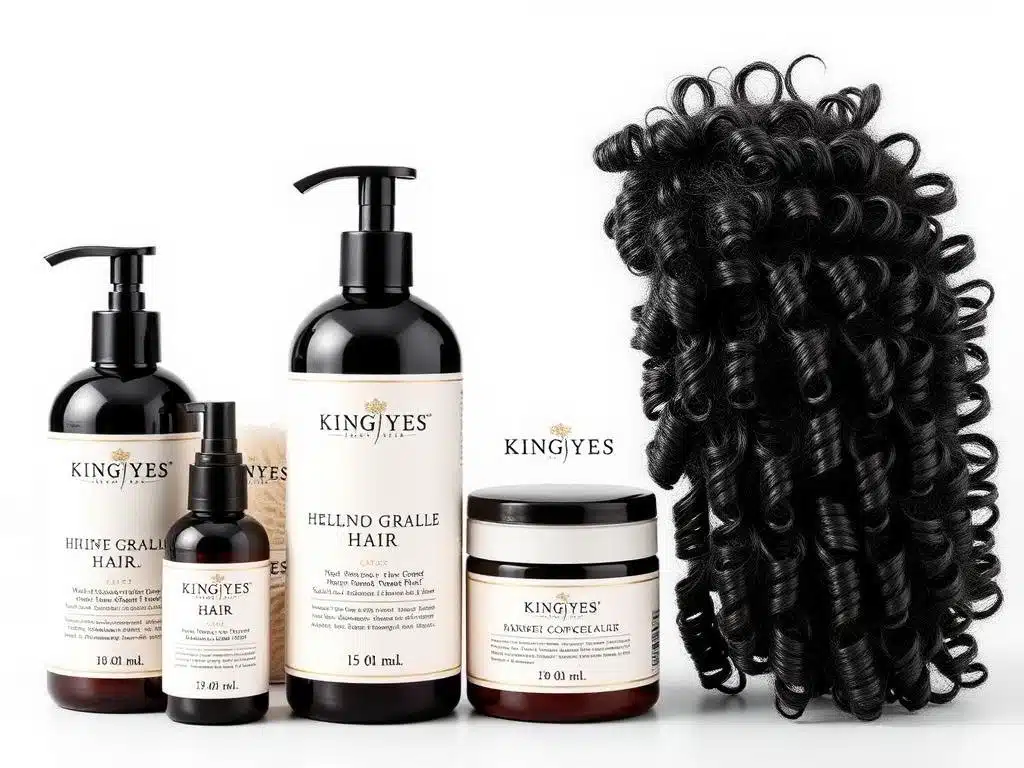
¿Cuál es la regla en la coloración del cabello?
Índice
Reglas esenciales de la coloración del cabello: Una guía completa para unos resultados perfectos
Esta completa guía desglosa la ciencia, las técnicas y los principios vitales que subyacen a una coloración del cabello con éxito, ayudándole a evitar los errores más comunes y a conseguir el resultado deseado. color de pelo transformación.
Comprender la teoría del color: La base de la coloración del cabello
La teoría del color es la columna vertebral de coloración del cabello. La rueda de colores le servirá de hoja de ruta:
- Colores primarios: Rojo, azul, amarillo
- Colores secundarios: Verde, naranja, morado
- Colores terciarios: Combinaciones de primarios y secundarios
Conocer los colores complementarios ayuda a neutralizar los tonos no deseados. Por ejemplo, el morado anula el amarillo, mientras que el verde neutraliza el rojo.
¿Qué tipos de tintes existen?
Los productos para teñir el pelo tienen varias fórmulas:
Color permanente:
- Penetra en el tallo piloso
- Proporciona una cobertura gris completa
- Dura hasta que crece el pelo
Semipermanente:
- Recubre la superficie capilar
- Se desvanece gradualmente
- Sin amoníaco
Demi-permanente:
- Penetra parcialmente la cutícula
- Cobertura gris moderada
- Menos daños que la permanente
La ciencia detrás de la formulación del tinte
La formulación de tintes capilares implica una química compleja:
| Componente | Propósito | Tipos comunes |
|---|---|---|
| Desarrollador | Agente oxidante | 10, 20, 30, 40 volumen |
| Pigmentos | Moléculas de color | Directo, oxidativo |
| Agentes alcalinizantes | Abre la cutícula | Amoníaco, MEA |
¿Cómo afecta el tinte natural al proceso?
Su natural color de pelo influye significativamente en el proceso de coloración:
- Nivel 1-5: Marrón oscuro a negro
- Nivel 6-7: Marrón medio
- Nivel 8-10: Castaño claro a rubio
Los cabellos oscuros necesitan más tratamiento para aclararse, mientras que los claros aceptan mejor el color.
Pasos y pruebas esenciales antes de colorear
Antes de aplicar cualquier color de pelo:
- Realizar una prueba cutánea
- Evaluar el estado del cabello
- Comprobar la salud del cuero cabelludo
- Determinar el nivel actual
- Elija el desarrollador adecuado
Consejos profesionales para la aplicación del color
Consejos expertos de coloristas experimentados:
- Seccionar bien el cabello
- Aplique primero el color en las raíces
- Mantener una sincronización coherente
- Utilizar las herramientas adecuadas
- Supervise cuidadosamente el tratamiento
Errores comunes en la coloración del cabello
Entre los escollos más frecuentes figuran:
- Saltarse las pruebas de filamentos
- Utilización de una fuerza de revelado incorrecta
- Mala técnica de seccionamiento
- Aplicación incoherente
- Tiempo de tramitación inadecuado
¿Cómo mantener el cabello teñido?
Un mantenimiento adecuado garantiza la longevidad:
- Utilizar productos seguros para el color
- Evitar el peinado con calor
- Acondicionamiento profundo regular
- Protección UV
- Técnica de lavado adecuada
El papel de la experiencia profesional
Cuándo buscar ayuda profesional:
- Cambios de color importantes
- Corrección del color
- Técnicas complejas
- Procesos de alta elevación
- Servicios de blanqueo
Preguntas frecuentes
¿Con qué frecuencia debo teñirme el pelo?
Cada 4-6 semanas para retoques en las raíces, o cada 8-10 semanas para todo el color.
¿Cuál es la forma más segura de aclarar el pelo oscuro?
Aclarado gradual a lo largo de varias sesiones utilizando las concentraciones de revelador adecuadas.
¿Puedo teñirme el pelo si tengo sensibilidad en el cuero cabelludo?
Realice una prueba del parche y considere la posibilidad de utilizar fórmulas suaves y sin amoníaco.
¿Cómo elijo el volumen de revelado adecuado?
Seleccione en función de la elevación deseada: 10 de volumen sólo para depósito, 20 para 1-2 niveles, 30 para 2-3 niveles.
¿Qué debo hacer si mi color resulta demasiado oscuro?
Espere 48 horas antes de intentar corregir el color, preferiblemente con ayuda profesional.
Puntos clave
- Realice siempre pruebas de parches y filamentos
- Comprender su nivel natural y el resultado deseado
- Elija la fuerza de revelado adecuada
- Siga exactamente los plazos de tramitación
- Utilizar técnicas de seccionamiento adecuadas
- Mantener una rutina de mantenimiento regular
- Mantener el cabello sano entre coloraciones
- Documente sus fórmulas de color
- Considere la ayuda profesional para cambios importantes
- Nunca mezcles diferentes marcas de color
Recuerda que el éxito de la coloración del cabello requiere conocimientos, paciencia y atención a los detalles. Tanto si eres un profesional como si te tiñes en casa, seguir estas reglas fundamentales te ayudará a conseguir resultados bonitos y duraderos.
Comentarios

¿Aumenta la fibra el crecimiento del cabello?
Comprender la relación entre las fibras capilares y el crecimiento del cabello es crucial para cualquier persona que se enfrente a la caída o al debilitamiento del cabello.

¿Se pueden utilizar fibras capilares todos los días?
Las fibras capilares se han convertido en la solución a la que recurren quienes sufren caída y debilitamiento del cabello.


¿Cuánto dura el spray de fibra capilar en el cabello?
Saber cuánto duran las fibras capilares es crucial para cualquier persona que quiera controlar eficazmente el debilitamiento del cabello.

¿De qué están hechos los productos capilares?
¿Alguna vez se ha preguntado qué contiene ese bote de champú o crema de peinado?
- +86 151 1839 7303
- [email protected]
- L-D 07:00-23:00
Etiquetas

How to Choose a Reliable Cosmetic OEM Manufacturer in China?
If you want to develop a spray it is ESSENTIAL to find a manufacturer, with expertise in this area.
You possess a concept.
Step 4: Comprehend the Rules to Your Property.

How to Get Hair Dye Off Skin: The Only Guide You Need
Then, you look closer.
There is a spot on your head. It is not hair. It is your skin. It is blue. Or maybe it is red.

How Often Should You Wash Your Hair? The Ultimate Guide
You look at your hair.
It looks flat. It looks dull.
You touch your roots.






